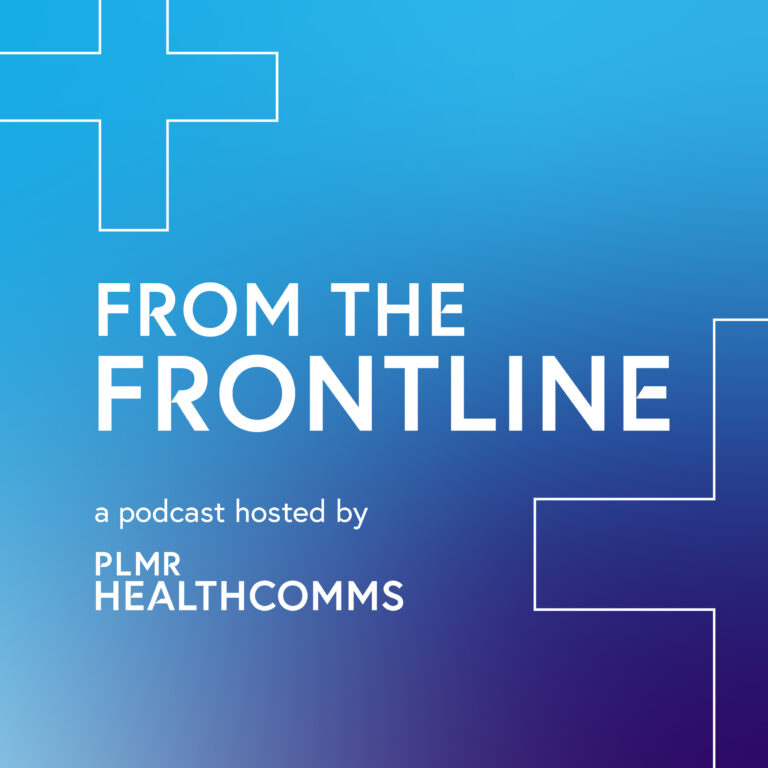The subject on this occasion was Photographic Storytelling, with renowned photo-journalists Sebastian Meyer and Louis Quail. Both have covered pivotal moments in recent history – from warzones and disaster areas – and in so doing, have produced stunning images telling powerful and important stories.
At first glance the subject matter and the craft involved might seem a million miles from the world of public affairs and media relations, yet as the evening progressed I was continually struck, not by the differences, but by some surprising similarities. Before I continue, please don’t think I’m suggesting drafting a press release or organising a client meeting is in some way comparable to risking one’s life in Afghanistan or Libya. I’ve never had to take Hostile Environment Training, but nevertheless, there are some interesting parallels to be drawn.
Both Meyer and Quail are successful practitioners in an intensely competitive industry undergoing dramatic change in the internet age. Both are storytellers who have to think carefully about how to successfully convey the ‘who’, ‘what, ‘where’ and ‘when’, and most importantly, the ‘why should I care’.
Their stories must have a clear and coherent narrative. If they’re working on a commission, then they constantly need to be thinking about what the client wants and adapt their work accordingly. Many of those clients are newspapers or magazines, so they need to be creating images and stories that resonate with the client’s readership.
Similarly, if they have a story of their own to sell in, it needs to be structured and positioned in a way that picture editors will respond to. Louis Quail noted that, if he sent a 1,000 emails maybe three people would click on the pdf attachment unprompted. He said follow up calls were vital, and prefers to think of it as ‘helpfully pointing my email out’ rather than ‘selling it in’.
Both speakers were totally comfortable with viewing themselves as communications professionals selling a ‘product’ that needs to meet certain requirements in order to be interesting and in order to get published. A big part of the satisfaction they derive from their craft is in producing work that newspapers and magazines want to publish. Their work can raise international awareness of terrible atrocities and hopefully contributing to a groundswell of opinion that will drive change.
The focus on tailoring messages to meet client needs, satisfy audience expectations and pique the interest of gatekeepers accords exactly with what we as media relations practitioners do every day. Although the medium may be very different, the method is remarkably similar.



